With its Ferrari-designed engine and Fiat underpinnings, today’s Nice Price or No Dice Dino is a literal red-headed stepchild. Let’s see if this classic coupe is worth its adoption fee.
Finding an old Volvo wagon in decent shape, like the 1998 V70 we looked at yesterday, is sort of like stumbling upon a four-leaf clover in a field. It’s a nice surprise that engenders thoughts of how best to leverage so lucky a happenstance. For the eventual buyer of our Volvo, that luck extended to the car’s $3,685 price. According to 82 percent of you, that was worthy of a Nice Price win.
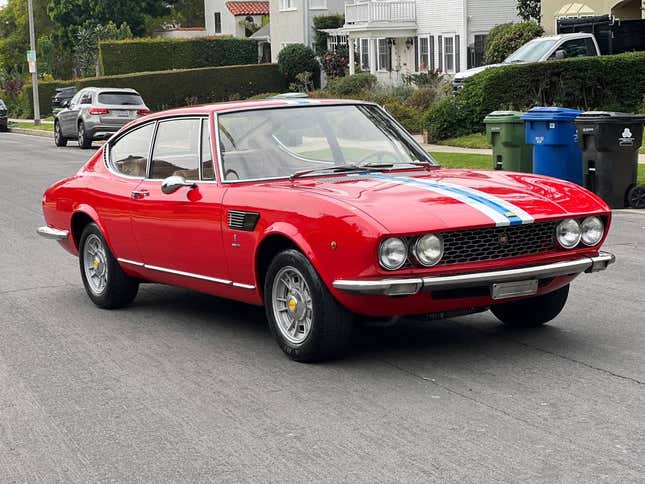
Let’s talk a bit about rules. There’s the “golden rule,” rules that are “meant to be broken,” and, of course, the “rule of law.” The 1967 Fiat Dino Coupe that falls under our gaze today is the direct result of a change in rules for Formula 2 that Ferrari found it could only honor by partnering with its long-time sugar daddy, Fiat. At issue was a rule change made in 1965 by FISA, the Formula Series governing body, that required Formula 2 engines for the 1967 season to have no more than six cylinders and, more importantly, be derived from a production engine homologated over no fewer than 500 examples in a single model year.
At the time, Ferrari was preparing to introduce the Dino line of sports cars, but the company didn’t have the capacity to build 500 Dinos. That would have been around one-third of Ferrari’s total production for the year, and, as a small manufacturer, it could ill afford to allocate that kind of production volume to the lower-profit model. To solve the problem, a deal was quickly cut with Fiat, the leadership of which was eager to obtain a new halo model that could also promote ties to the storied Ferrari brand.
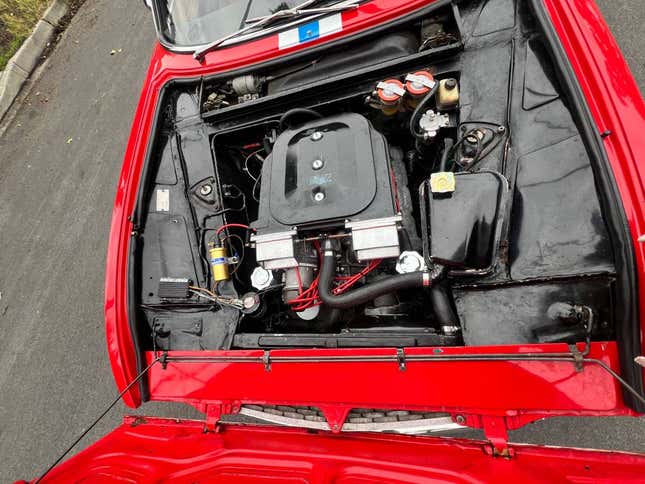
The resulting Fiat Dino arrived in late 1966 as a Pininfarina-styled Spider and a Bertone-penned Coupe. The coupe is the longer of the two, offering a roomy 2+2 cabin under an extended greenhouse for plenty of headroom in the back. The convertible Spider is strictly a two-seater.
For the first generation of cars, which ran from 1966 through 1969, the Dino came with an all-alloy 2.0-liter 65° V6 and a live rear axle. The last four years of the run, from late ’69 through ’73, saw the engine switch to an iron block, with an increase in displacement to 2.4-litres. The 2.4 car also adopted an independent rear suspension for better handling.
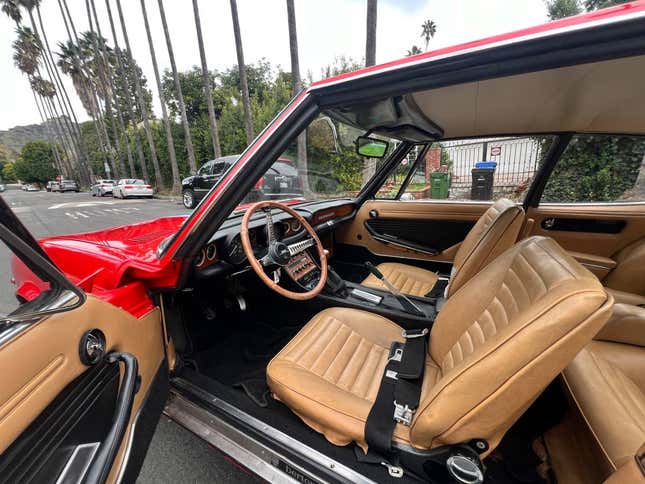
The seller of this coupe claims 1967 to be the most desirable model year owing to it having the 2.0-liter alloy block. That’s debatable as the later iron block engines are more reliable and offer more power. Still, the early Dinos are nothing to sneeze at.
Fiat claimed 153 horsepower out of the 2.0 and paired it exclusively in the Dino with a close ratio five-speed manual and limited slip rear end. Interestingly, Ferrari said the same engine made 180 horsepower in its Dino 206.
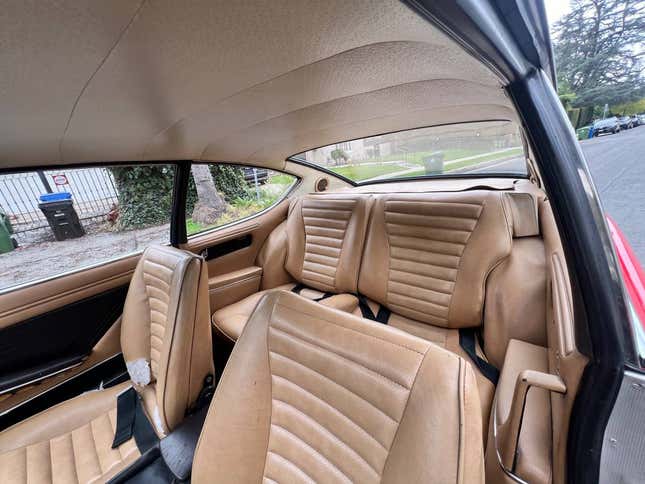
Regardless of what sort of power it makes, this Dino looks to be in excellent shape on the outside, with handsome paint and stripes and gorgeous factory Campagnolo wheels. The interior is a bit less of a success, with notable wear on the passenger’s seat and armrest, plus a hole in the dash and some waviness in the upholstery elsewhere. Importantly, though: there doesn’t appear that anything is missing from the cabin.
According to the ad, this Dino has lived its entire life in California and, hence, is free from road rot. It sports a mere 45,400 miles on the clock, a number likely constrained by issues that resulted in the car recently requiring a ton of work to make roadworthy. The seller claims that $18K has gone into the Dino to make it so, with work undertaken on the fuel system, brake and clutch hydraulics, and all the consumables on the engine. The seller now describes the car as a “nice driver” but warns that it does need some “TLC.” It has a clean title, and while offered in California, it’s old enough to not require title transfer smog checkup.
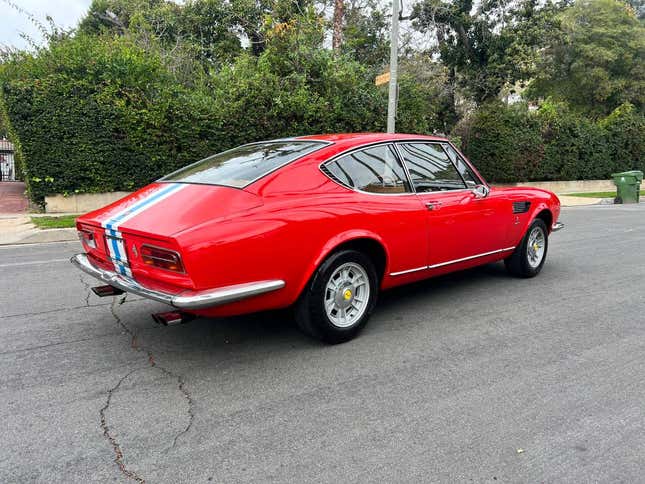
The Fiat Dino represents not just an elegant classic car for the discriminating collector, but a good bit of history involving both Fiat and Ferrari. And, while the engine in the car isn’t the F2 engine that Ferrari used to go racing, it’s close enough to boast about its “racing heritage.”
What should such heritage rightfully be worth? The seller of this Dino seems to think $53,500 is a fair price for the rejuvenated coupe. Do you share that opinion? Or is that asking price too much cash to homologate?
You decide!
Los Angeles, California, Craigslist, or go here if the ad disappears.
Help me out with NPOND. Hit me up at [email protected] and send me a fixed-price tip. Remember to include your Kinja handle.

